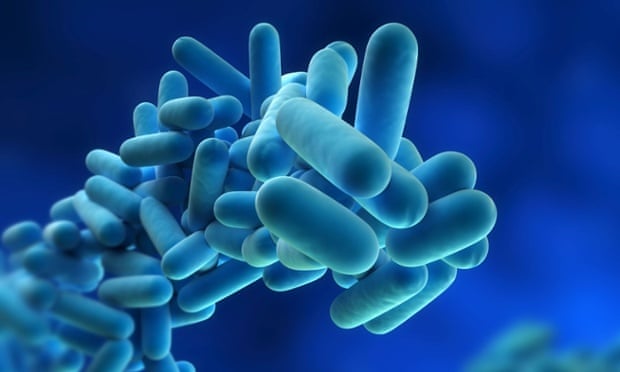Legionella is a naturally occurring bacterium, but when it multiplies in water systems of buildings, it can be deadly. Water treatment with chlorine dioxide is proven to be effective, but some building managers hesitate to put 'chemicals in the water'.
The legionella bacteria exists in both natural and purpose-built water systems, and in small amounts, it is relatively harmless, even if consumed in a glass of water.
Yet too many water systems, particularly those belonging to older buildings, offer an environment in which legionella can multiply. If the bacteria is inhaled in small droplets - cooling towers and shower heads are notorious sources of this type of airborne water - it can cause pneumonia-like lung problems.
This 'legionnaire's disease' can be deadly, especially for the elderly and other persons with lowered resistance, such as transplant patients. Hotels and hospitals can see dozens of patients become infected in a short period.
Killing legionella with heat
Legionella grows best in tepid water, with it's favourite environment around human body temperature, 37C, although it can grow anywhere from 15C to 45C. Many building managers try to minimise the danger of legionella by heating all the building water to 65 to 80C to kill the bacteria.
This demands a great deal of energy and costs a great deal of money, but it works - at least at the source point where the water is hot. The problem is that water does not remain at this temperature throughout the water system. By the time it reaches a faucet, the 'hot' water has often cooled down and is in the zone where legionella can multiply. Meanwhile, 'cold' water can sometimes be brought into the legionella danger zone via close proximity with heated water in building columns.
Other building managers have invested in ultra-violet (UV) systems, which kill legionella at each water inlet. UV systems sound environmentally friendly, but they do little to eliminate the bacteria crawling in the invisible parts of the water system. These 'gatekeeper' UV systems can't reach the biofilm that grows on the the inside of water pipes. That biofilm can provide an excellent breeding ground for legionella.








Blogger Comment
Facebook Comment